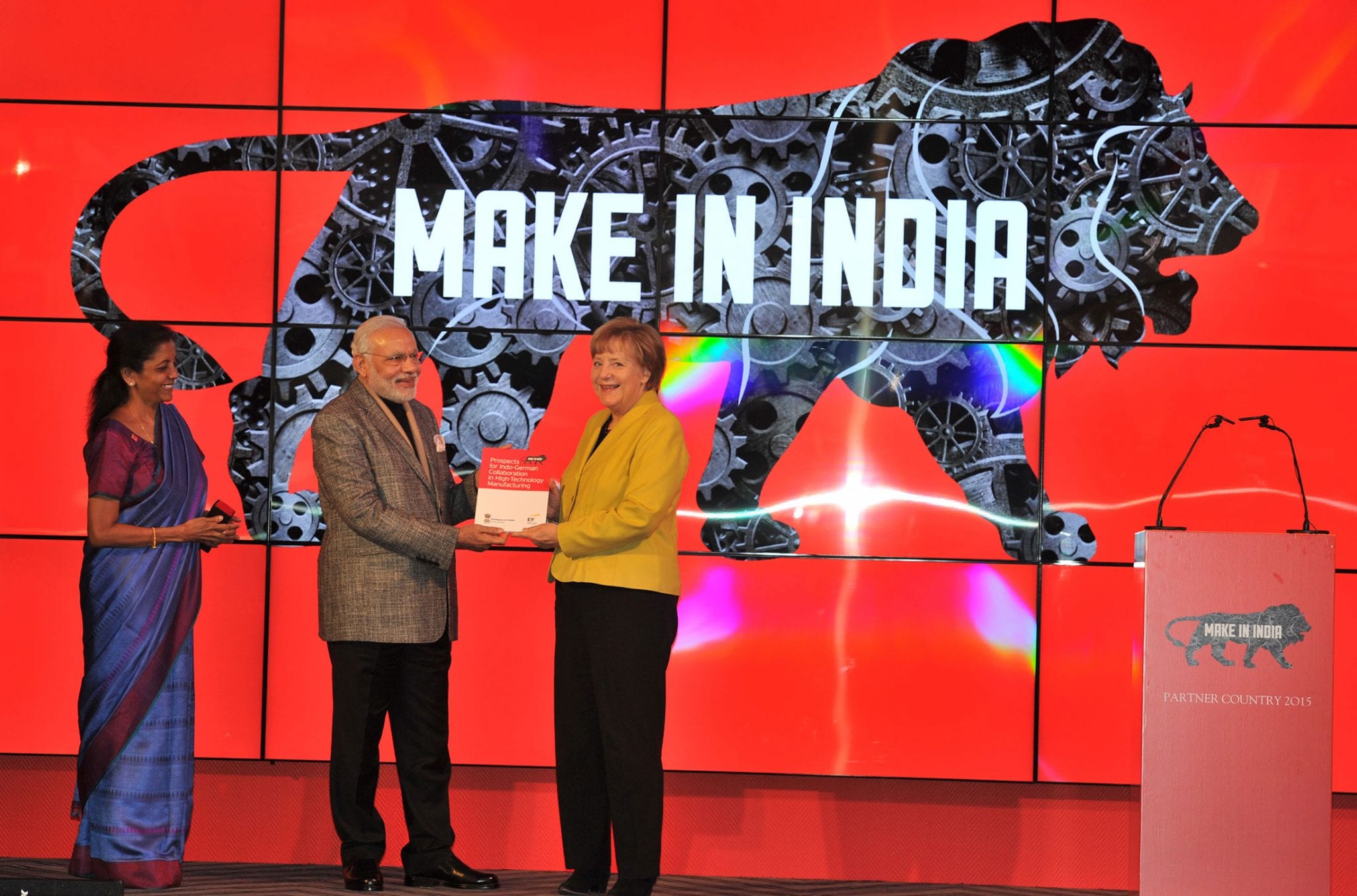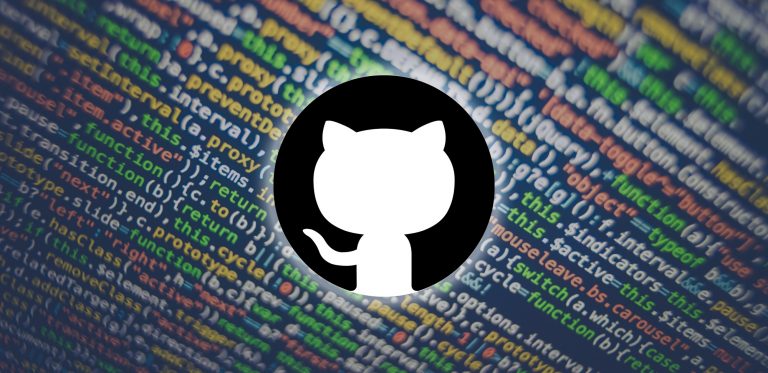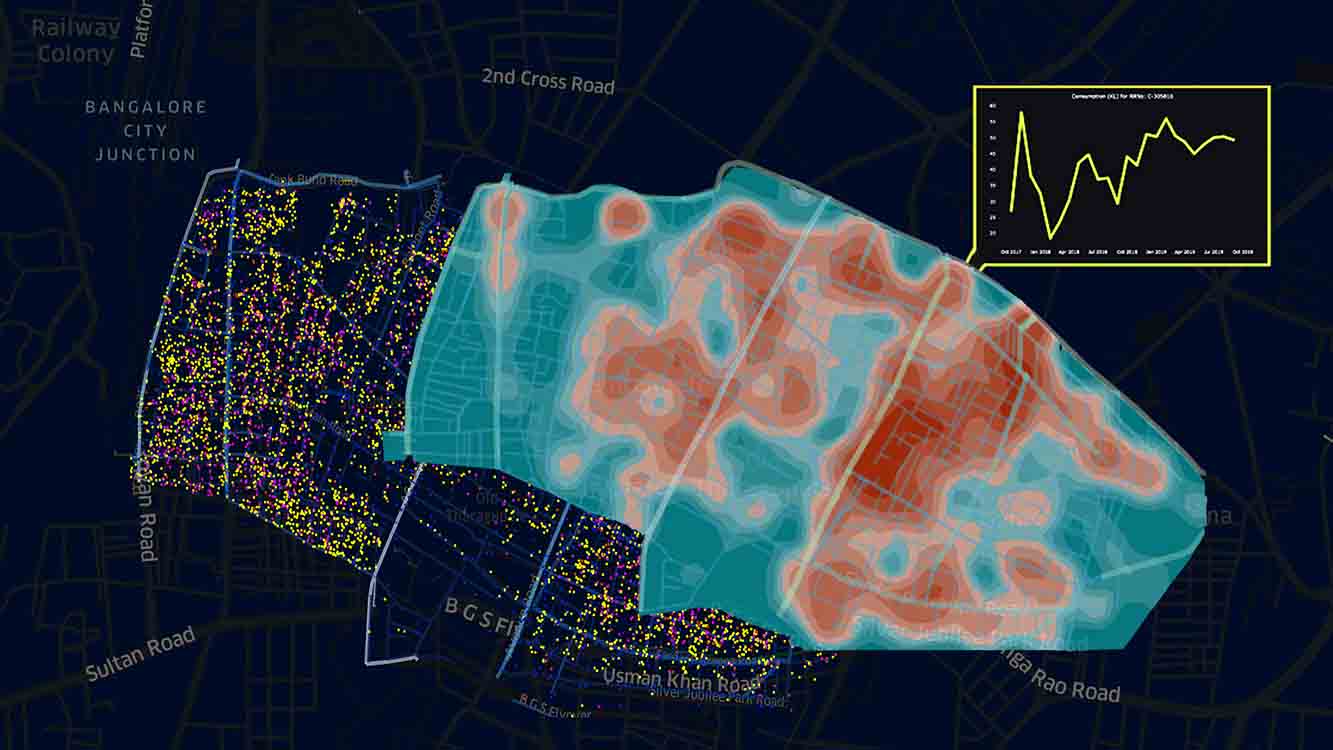 Undoubtedly Analytics is the buzzword for India and it is here to stay. By all conservative estimates, India holds around 40% of the global analytics service. In monetary terms, the industry will cross 2 billion USD by 2018. All these comes at a fantastic annual growth rate exceeding 30%! However, at the same time, one-fourth of the population lies below the poverty line and almost an equal number balances precariously above it. A larger proportion has virtually no access to formal financial instruments and almost the entire population is without any formal medical coverage. Can our strength in analytics solve some of these problems?
Undoubtedly Analytics is the buzzword for India and it is here to stay. By all conservative estimates, India holds around 40% of the global analytics service. In monetary terms, the industry will cross 2 billion USD by 2018. All these comes at a fantastic annual growth rate exceeding 30%! However, at the same time, one-fourth of the population lies below the poverty line and almost an equal number balances precariously above it. A larger proportion has virtually no access to formal financial instruments and almost the entire population is without any formal medical coverage. Can our strength in analytics solve some of these problems?
Policy making is a complex exercise in India, especially the ones targeted at the micro level. The micro-level policy interventions involve three crucial steps- identifying the intervention(s) that would solve the identified problem, targeting of the beneficiaries and evaluating the effectiveness. If the interventions were found to be ‘working’ it can then be rolled out at a wider scale as policy tools.
Historically, effectiveness of such interventions was seldom objectively measured, the decision to continue or scrap depended more on political economy involving the same. However, in the last few years, attempts are made to objectively evaluate such interventions mostly through Random Control Trials (RCTs) employed by social scientists. RCTs involve dividing the population randomly into two groups. Comparing the group which receives the intervention with the group who doesn’t, gives us how effective the intervention is.
While RCT is perhaps the most popular metric to evaluate interventions, it has its own pitfalls. Through RCT, an intervention is successful or not can be measured, but the results are perhaps true for that specific case and not generalizable. For example, providing with bicycles to adolescent girls might increase school attendance in rural Bihar, one cannot infer that it will work in other parts of the country! Hence, interventions, irrespective of how successful they are, may not automatically translate to policy recommendations for a wider audience. It is here that Analytics can play an important role.
The biggest challenge policy makers in India face is how little we know! Even the best guess to ascertain whether a household is above or below the poverty line is based on NSSO Consumption rounds. Apart from the obvious estimation and measurement errors associated with such approaches, most of the data employed in such methodologies is self-reported. Incentives to misreport would then make the inferences suspect. How can analytics and better data capturing techniques help in such cases? For starters, transaction data, which lies often in the heart of analytics is free from such self-reporting.
The issue, therefore, is what kinds of transaction data can one rely upon to make policy decisions? With 80% penetration, mobile phones are the most obvious data generators. According to the data released by the IAMAI and IMRB International, in Rural India, the mobile Internet user base is expected to reach 109 million by June 2016. This is big data! There is already enough expertise available to convert this information to meaningful data for policy targeting. Inferences about the occupation, income, health, education etc based on such transaction details often turn out to be very accurate and at a fraction of the total cost incurred conducting unit level surveys. Using Analytics to generate meaningful data is the most obvious way forward.
Apart from generating data, Analytics can provide solutions which otherwise would be untenable. Consider the case of small agricultural loans. Currently, the credit risk associated with such loans are evaluated using metrics that are not too different from the ones employed to assess individual borrower risk. However, the primary source of agricultural risk is crop failure owing to degraded asset quality (land).
Estimating the asset quality for each plot with high frequency is, therefore a must for a dynamic assessment of such risk. The physical assessment of the same is prohibitively expensive. However, using satellite images and thereafter dynamically mapping the asset quality is not only less costly but also free of most transaction costs. Most importantly, feedback can be provided real time to the farmers thereby reducing the losses –an immensely efficient outcome under the circumstances. Such initiatives are already in place. The Government merely needs to recognize them and invite more such solutions.
For the government, a starting point towards the new direction would be to involve the wider set of stakeholders in the policy making process. Data available with the Government must be made publicly available for analysis and data generated employing analytics must also find a place in the data base. The analytics industry doesn’t need incentives to engage in policy making, they merely need to be a stake holder. With the emphasis on Digital India and Make in India, solutions Made for India will not lag behind.

















































































